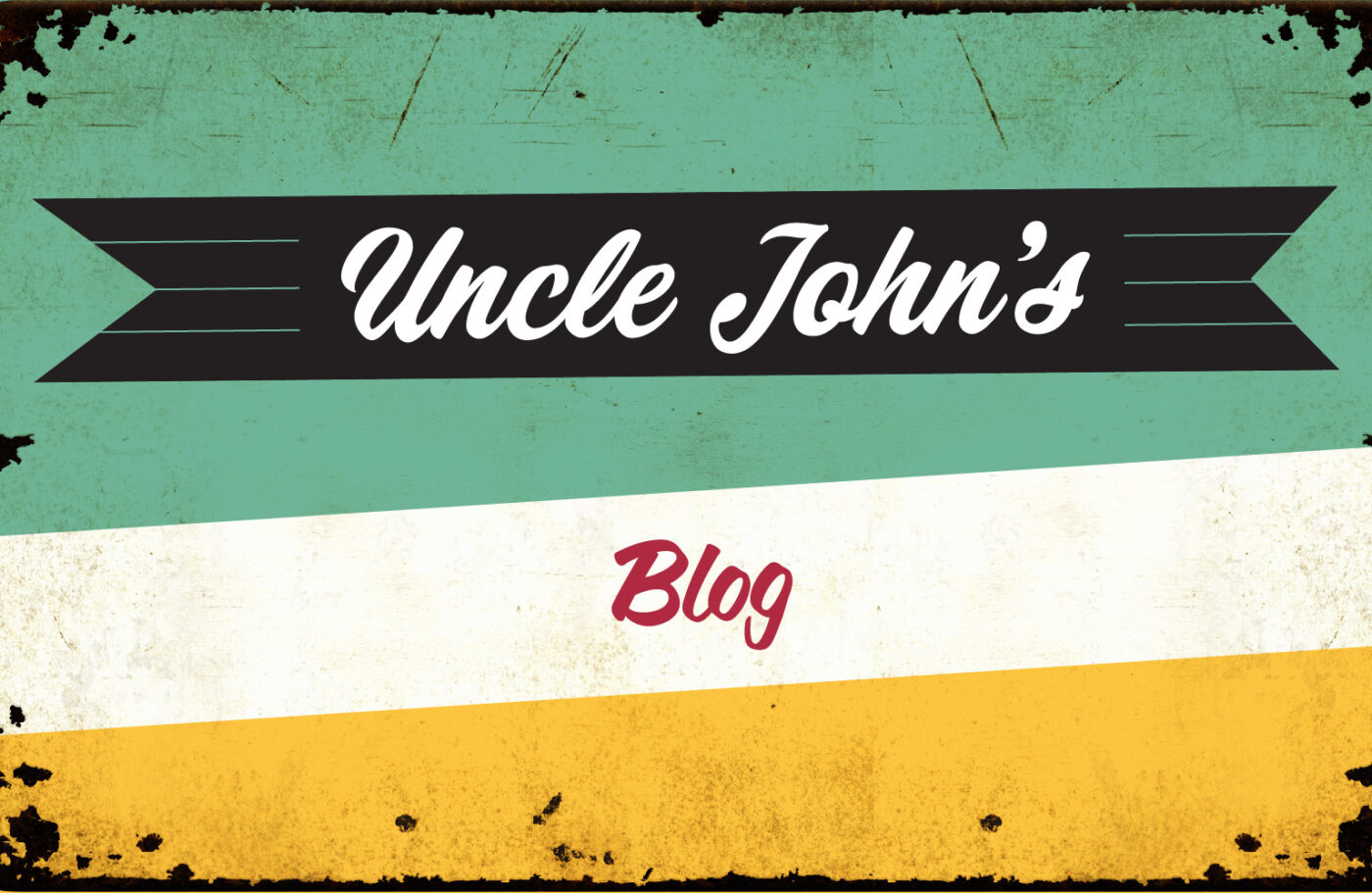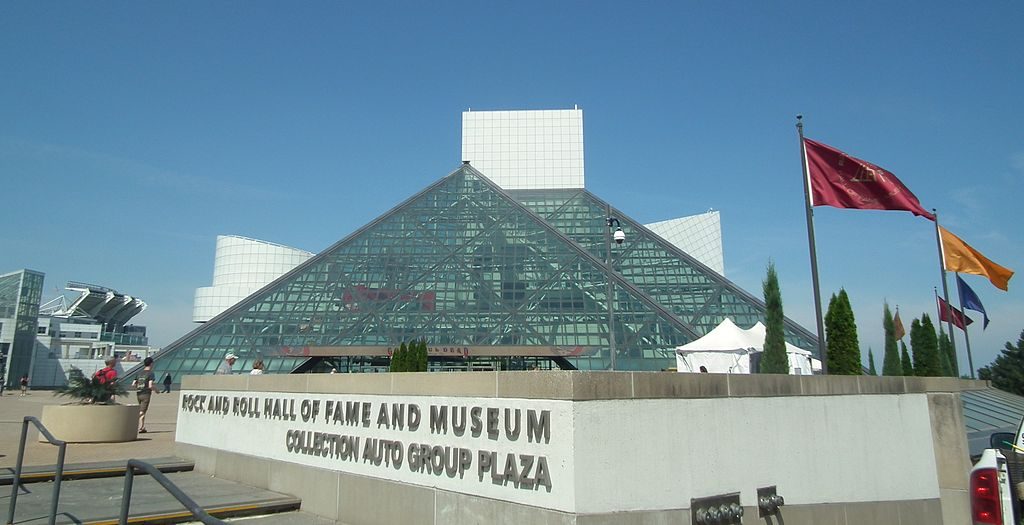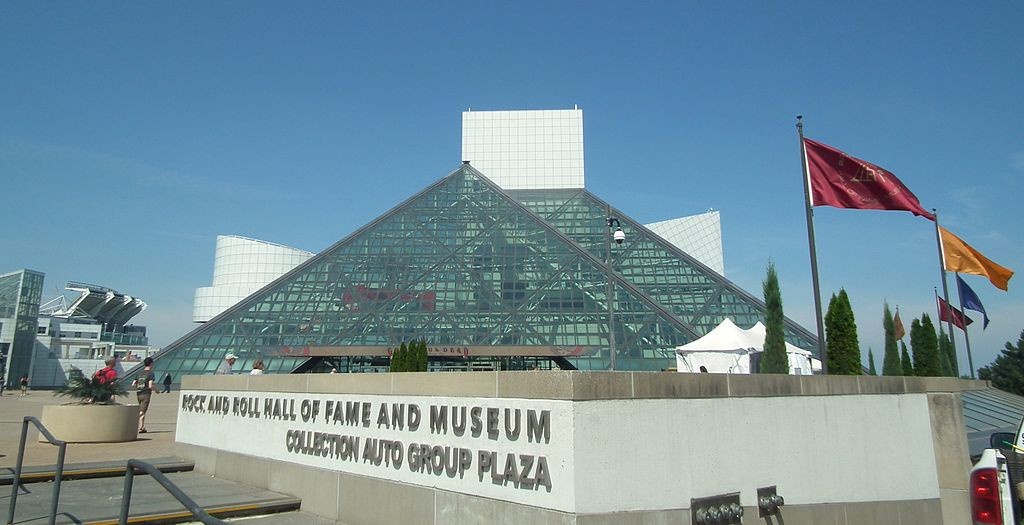It was just announced that six new all-time singers, bands, and rappers will join the ranks of the Rock and Roll Hall of Fame. Here are a few bizarre facts about each of the inductees.
Yes
The band is most famous for its progressive rock years with keyboardist Rick Wakeman, but the band bad its biggest hit in 1983 with “Owner of a Loneley Heart.” The song originated as a four-track demo that Yes singer Trevor Rabin recorded in his home studio in 1980, a couple of years before he joined the band. He wanted to release it as a solo song, but every record label he sent it to turned it down. Clive Davis of Arista Records was especially dismissive, saying that the song was “too strange” to ever be a hit. Well, Davis and every other record executive was wrong. When Rabin joined Yes, he presented the rest of the band with “Owner of a Lonely Heart.” The other guys loved it, recorded it, and it became the band’s first and only #1 hit.
Pearl Jam
Some bands struggle for years, building a fan base and playing gigs in bars and small clubs before hitting the big time. Not so for Pearl Jam. When the band released its first album Ten in 1991, it had only been together for about a year. Two of the band’s members (bassist Jeff Ament and guitarist Stone Gossard) had been in the Seattle band Mother Love Bone, which split up un 1990 after singer Andrew Wood died of a drug overdose. Ament and Gossard started jamming with a friend, guitarist Mike McCreedy, and put a demo together to seek out a singer and a drummer. (That’s how they found singer Eddie Vedder and drummer Dave Krusen.) Ten was recorded quickly on a small budget—and the hit single “Alive” is actually a demo recording.
Journey
The band’s 1982 song “Don’t Stop Believin'” has been a staple of classic rock radio (and karaoke bars) for decades, but when it was first released it hit the top 10. But over the last few years or so, it’s become a monster hit thanks to its constant use in TV shows and movies. It was used in the final scene of the final episode of The Sopranos, and an acapella performance was the centerpiece of the first episode of Glee. It’s gone on to become the most downloaded non-contemporary song since the dawn of digital music downloading: Nearly seven people have paid to download “Don’t Stop Believin’.” In other countries, it’s fared just as well in the present, hitting the top 5 on the pop charts in Ireland and Canada.
Tupac Shakur
Under the stage name 2Pac, Shakur helped popularized the “West Coast” or “gangsta” rap style of music, but his songs were often political and emotional. His hit “Dear Mama” is about his mother, Afeni Shakur. She was a member of the Black Panthers in the ’60s and ’70s, and in 1971 gave birth to her son, born Lesane Parish Crooks. When he was around a year old, the elder Shakur renamed him Tupac, after South American freedom fighter Tupac Amaru, who in the 16th century organized an indigenous resistance to Spanish colonists.
Electric Light Orchestra
The band (of which Jeff Lynne is the mastermind and only real continuous member over the past 40 years) got its name from a fad that has since been forgotten. In the ’60s in England, small groups of classical musicians performed in public and were called “light orchestras.” They were similar to “pops” orchestras, playing familiar pieces. Lynne wanted his band to have both electric guitars as well as some violins, so he added “Electric” to “Light Orchestra” and got “Electric Light Orchestra.”
Joan Baez
Baez was at the forefront of the folk movement of the late 1950s. She performed at the Newport Folk Festival in 1959 when she was just 18 years old. While Baez wrote a lot of songs that became pop and folk standards, she’s also notable for popularizing and bringing to mass audiences true folk standards that had been around for decades. The song “Kumbaya” had been around the South since the 1920s, but most people first heard became acquainted with it when Baez recorded it in 1962. Same with the civil rights anthem “We Shall Overcome,” which Baez began performing in 1963.










